Plano
469-303-3000
Fax: 469-303-4520
Frisco
469-303-3000
Fax: 469-303-4520
Prosper
469-303-3000
Fax: 469-303-4520
Request an Appointment with codes: Andrews Institute (Sports Medicine)
469-303-3000
Fax: 469-303-4520
469-303-3000
Fax: 469-303-4520
469-303-3000
Fax: 469-303-4520
Request an Appointment with codes: Andrews Institute (Sports Medicine)
At the Andrews Institute, our orthopedic specialists are expertly trained in diagnosing and treating conditions unique to a child’s growth and development, including growth plate injuries.
Such injuries can happen in the long bones of the arms and legs, in areas called growth plates, or physes. Growth comes from the plates, with one at each end of the bone. The plates are initially made of a connective tissue called cartilage, until the skeleton matures during the teen years and the tissue is replaced by solid bone.
Growth plates are the weakest part of the bone, so injuries there are a common childhood problem. Fractures are the growth plate injury we see the most.
When a growth plate is injured, problems with proper skeletal growth and development are possible, including arthritis and limb disorders. We offer the best technology and techniques available, along with the expertise needed to protect your child’s health.
Signs and symptoms of growth plate injuries are similar to those of fractures and include:
At the Andrews Institute, our orthopaedic specialists examine your child, assess pain and use imaging to diagnose the problem.
Diagnostic tools include:
At the Andrews Institute, we are leaders in pediatric orthopedic care, offering comprehensive, individualized treatment for unique childhood conditions like growth plate injuries.
After diagnosis, your physician will consult with you and then recommend the best approach for your child. Treatment options depend on the nature of the growth plate injury and your child’s age and skeletal development.
Non-surgical treatment options include:
For complex growth plate injuries, surgery may be necessary to realign the bones.
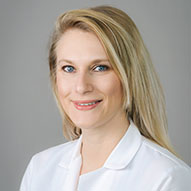
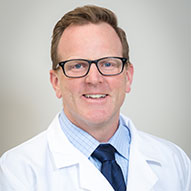
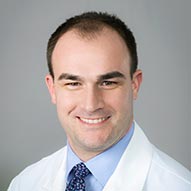
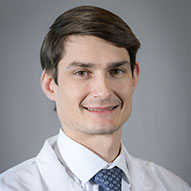
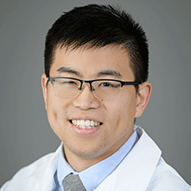
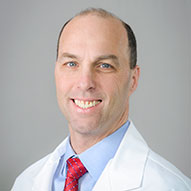
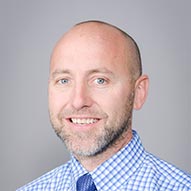
Growth plate injuries can be caused by trauma or overuse. Most growth plate injuries happen from a fall or during competitive sports or recreational activities.
When growth plate injuries are detected and treated early, good outcomes are likely. If growth plate injuries are left untreated, children may develop arthritis and limb disorders.
Learn more about growth plate injuries in children: